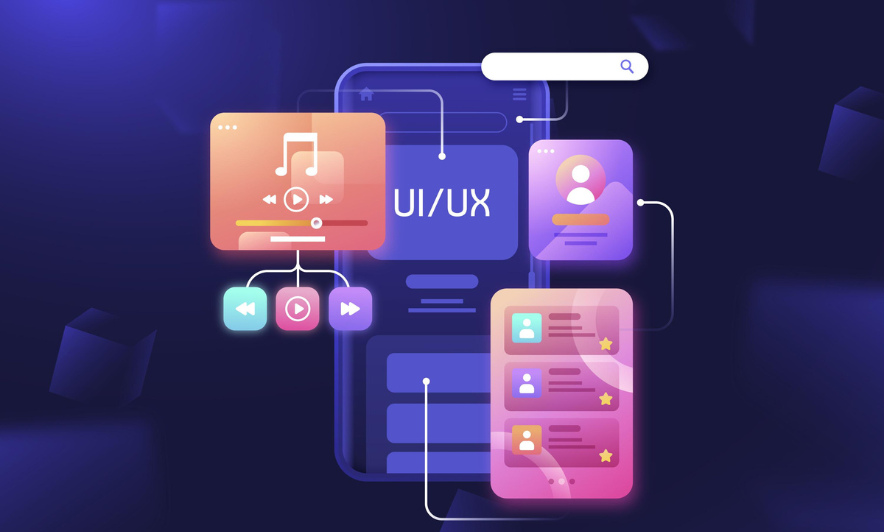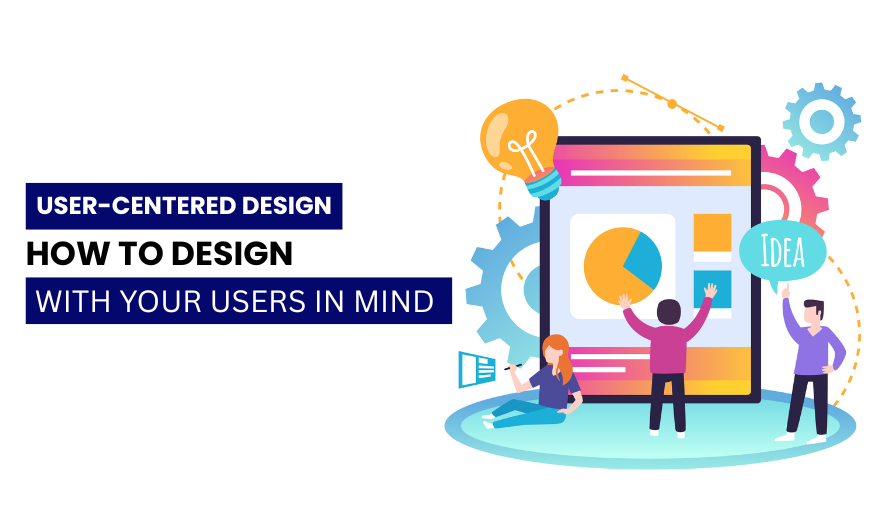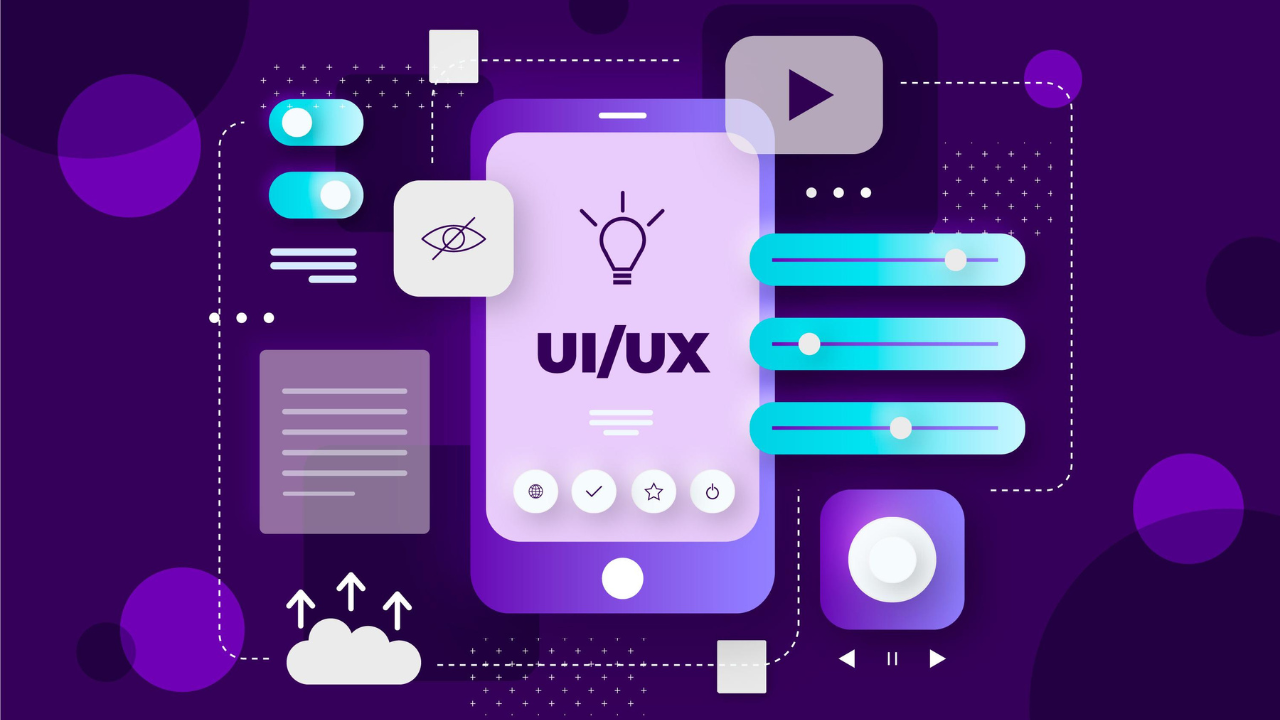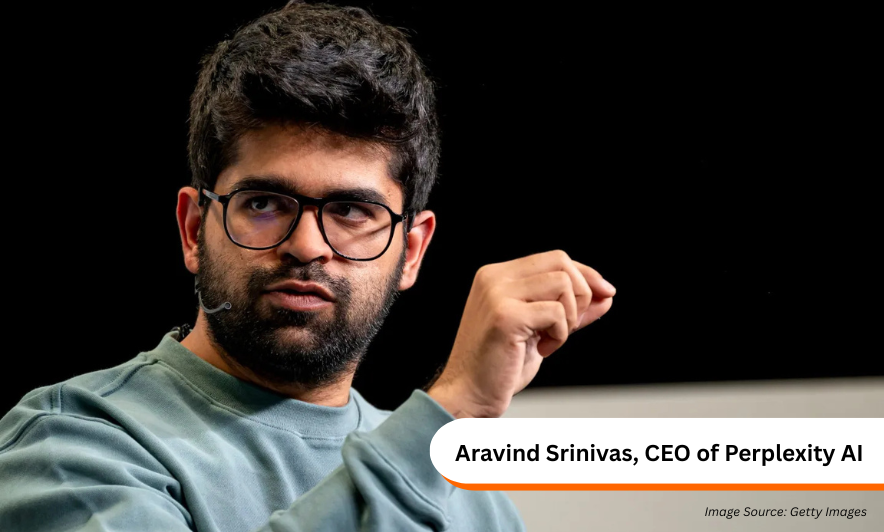As a designer
constantly seeking ways to speed up my workflow and improve outcomes, I
recently dove into the world of AI-powered UI and UX tools. The landscape is
evolving fast, and what I discovered genuinely changed how I approach design
projects.
Getting
Started: Why Try AI Tools for UI/UX?
With
deadlines getting tighter and expectations for polished, user-friendly
interfaces higher than ever, I wanted tools that could automate repetitive
tasks, spark creativity, and help me make data-driven decisions. AI tools
promised all of this—and more.
What I Used
and What I Learned
1. Figma AI & Plugins
Figma’s AI integrations and plugin ecosystem immediately stood out. I used AI-powered plugins for wireframing, colour palette generation, and even content suggestions. The collaborative features made team feedback seamless, and automation cut down on manual work.2. Adobe Sensei
Integrated into Adobe Creative Cloud, Sensei’s smart object selection and content-aware fill made image editing and layout optimization much faster. The AI-driven suggestions often caught details I’d have missed, boosting both speed and accuracy.3. Visily
When I needed quick wireframes and early concepts, Visily’s AI wireframing impressed me. It let me sketch ideas in minutes and refine them with smart suggestions, which was perfect for brainstorming sessions.4. Fronty
Fronty’s ability to convert static visuals into production-ready code was a revelation. I could take a design and, with a click, get clean code—no dev skills required. This bridged the gap between design and development, saving countless hours.5. Attention Insight
For data-driven design, I relied on Attention Insight’s predictive heatmaps. This simulated user attention helps me optimize layouts before launch and back up design decisions with analytics.6. Midjourney & Firefly
For creative brainstorming, I used Midjourney and Adobe Firefly to generate unique visuals and interface concepts from text prompts. They sparked fresh ideas and helped me iterate faster.What
Surprised Me
- Speed: AI tools drastically
reduced the time from concept to prototype.
- Collaboration: Many tools (especially
Figma AI) enabled real-time teamwork, making remote collaboration
smoother.
- Accessibility: Tools like Visily and UX
Pilot made it easier to design with accessibility in mind, thanks to
built-in checks and suggestions.
- Learning Curve: Most tools were intuitive,
but some advanced features required a bit of exploration.
My Suggestions and Curated Tools List
If you’re
looking to supercharge your UI/UX workflow, here’s a list of standout AI
tools—many of which I discovered through resources like Prospect Wiki and
industry roundups:
|
Tool |
Best
For |
Why
Try It? |
|
Figma AI |
Collaborative design, automation |
Powerful plugins, seamless teamwork |
|
Adobe Sensei |
Image editing, layout optimization |
Deep integration with Creative Cloud |
|
Visily |
Rapid wireframing |
Fast concepting, intuitive AI suggestions |
|
Fronty |
Design-to-code conversion |
Turns visuals into production-ready code |
|
Attention Insight |
Data-driven design decisions |
Predictive analytics, simulated user heatmaps |
|
Midjourney |
Creative brainstorming |
Generate visuals and concepts from text prompts |
|
Firefly |
Visual generation |
AI-powered image and element creation |
|
UX Pilot |
UX flow prototyping |
Fast iteration, accessibility checks |








